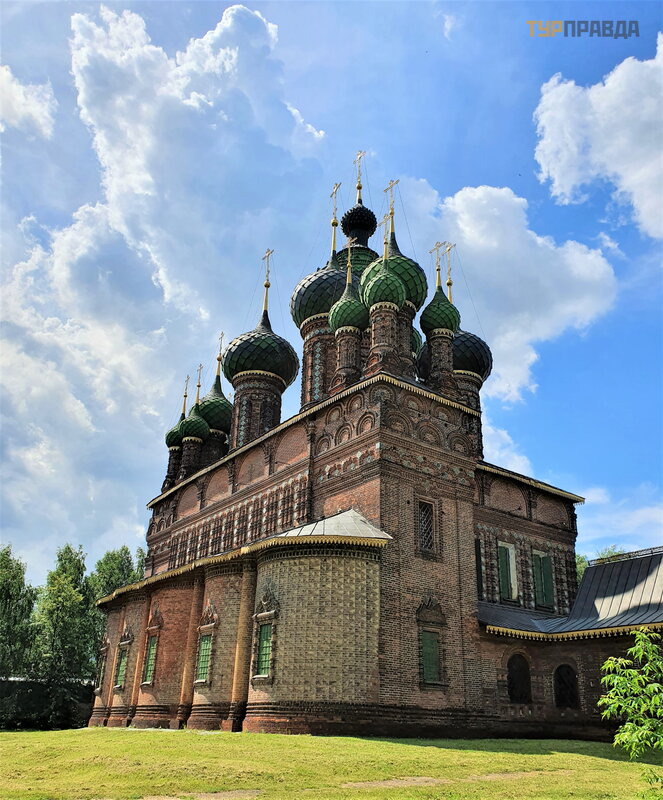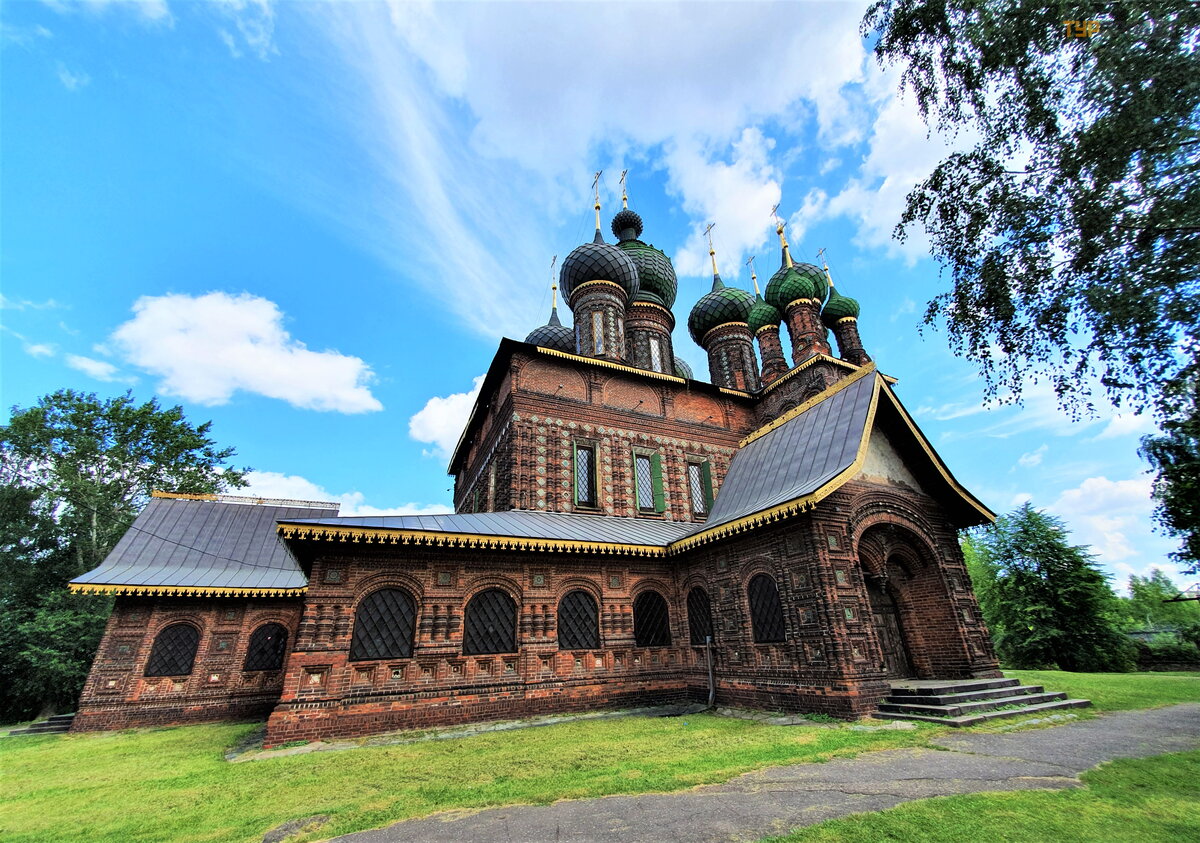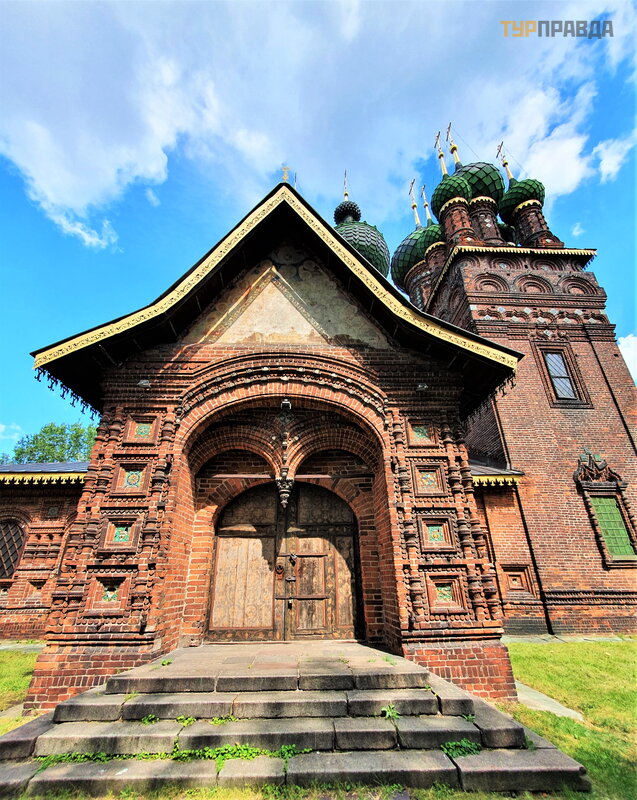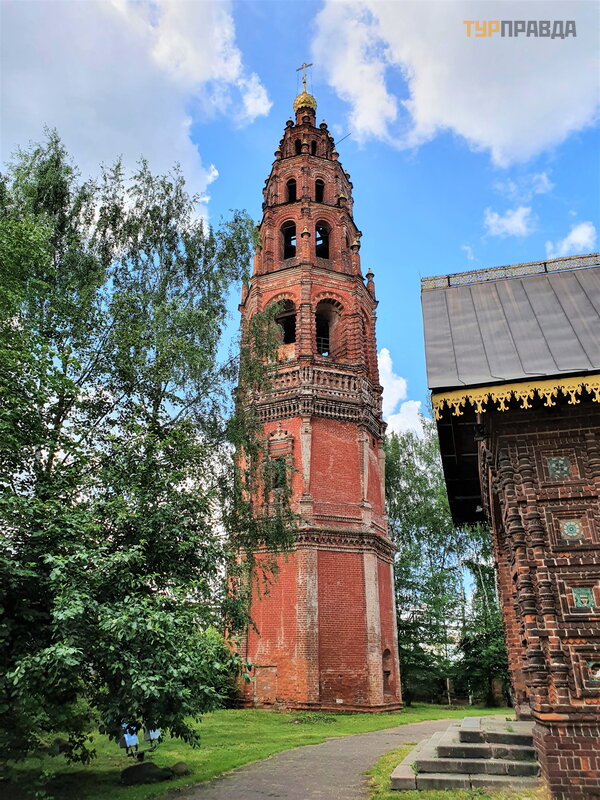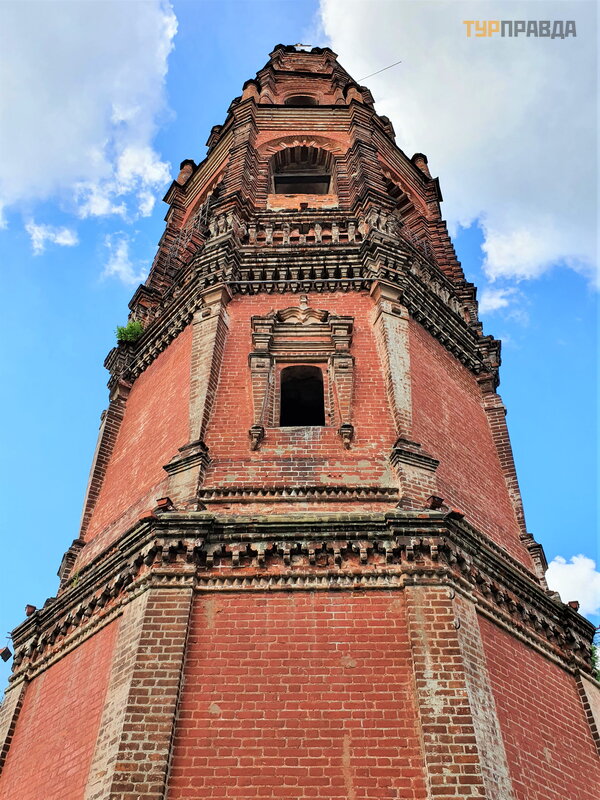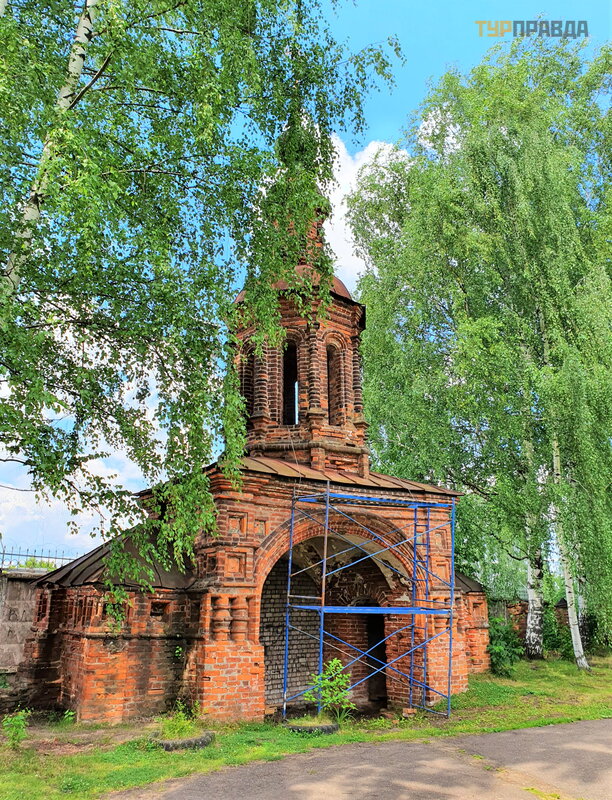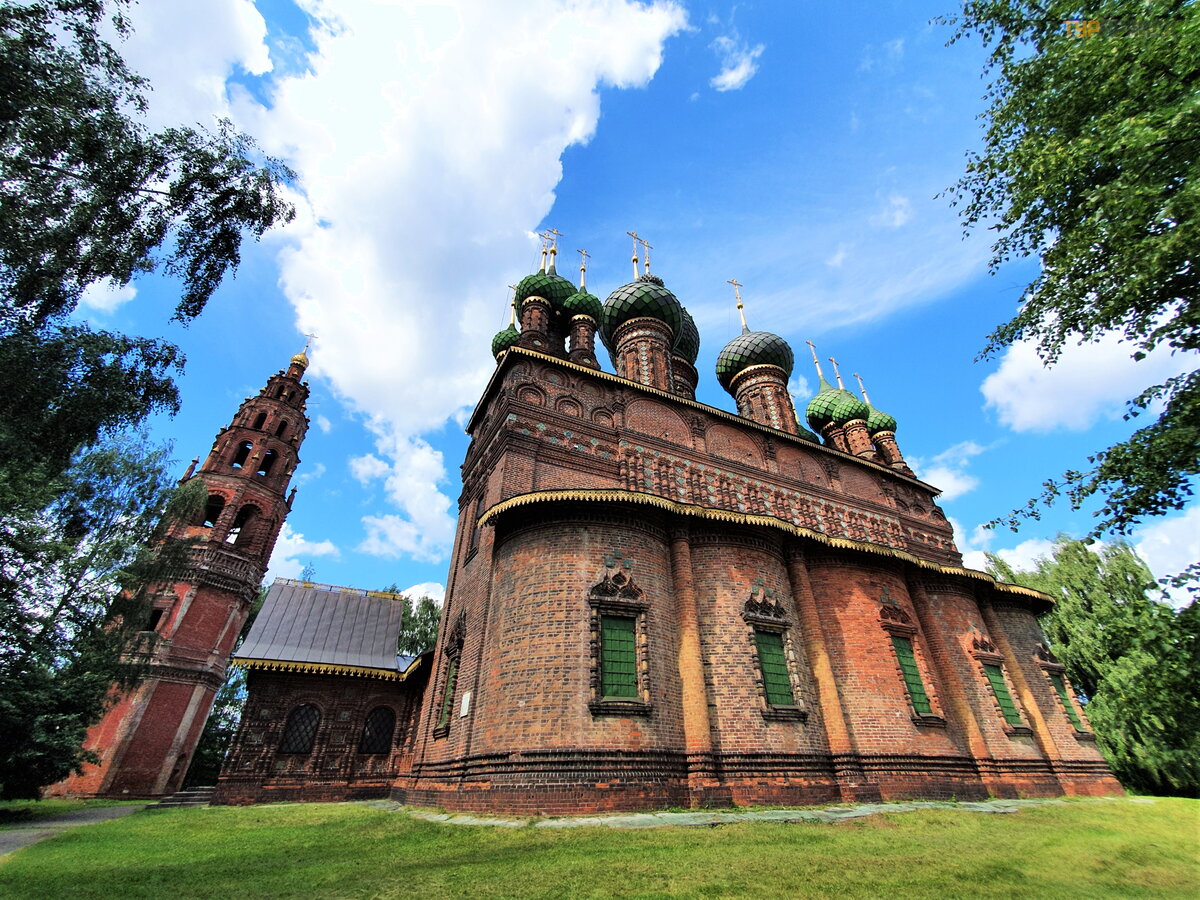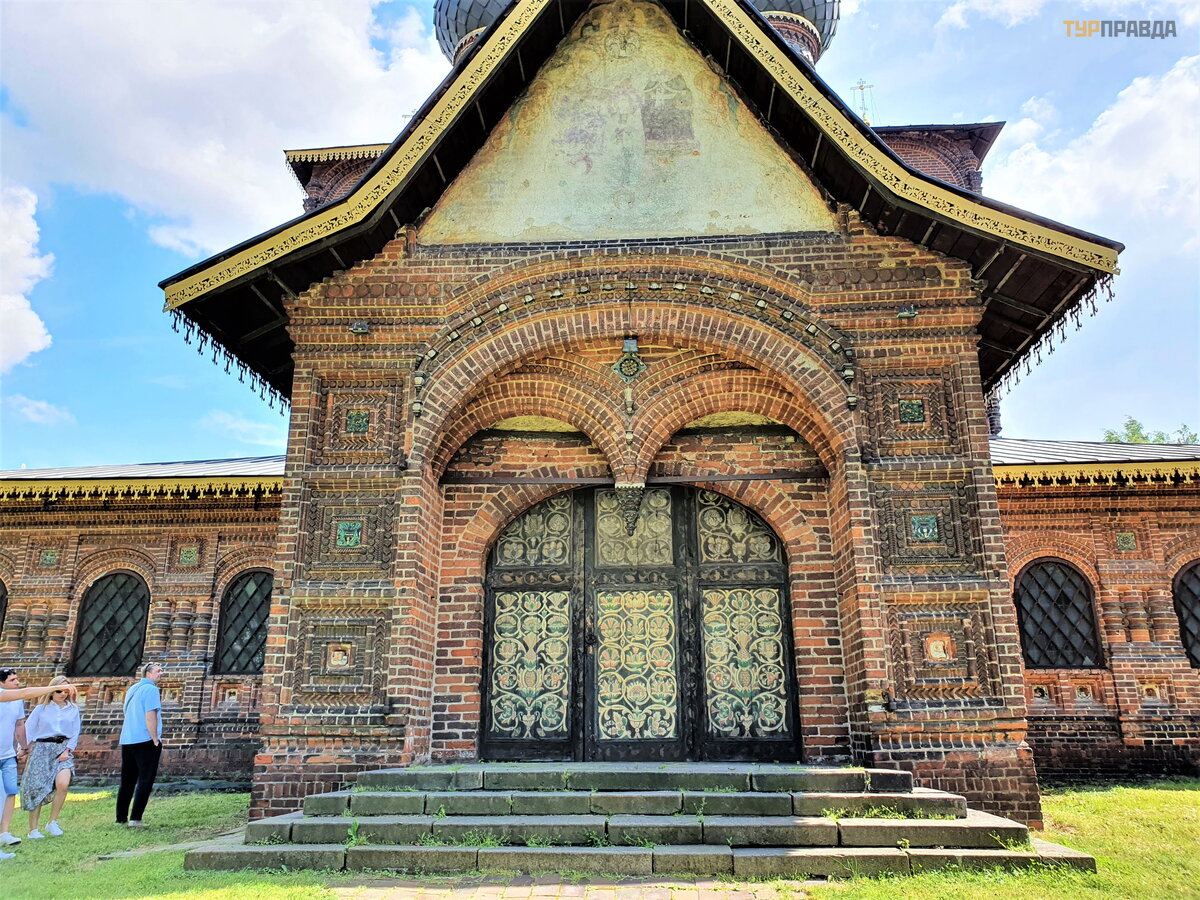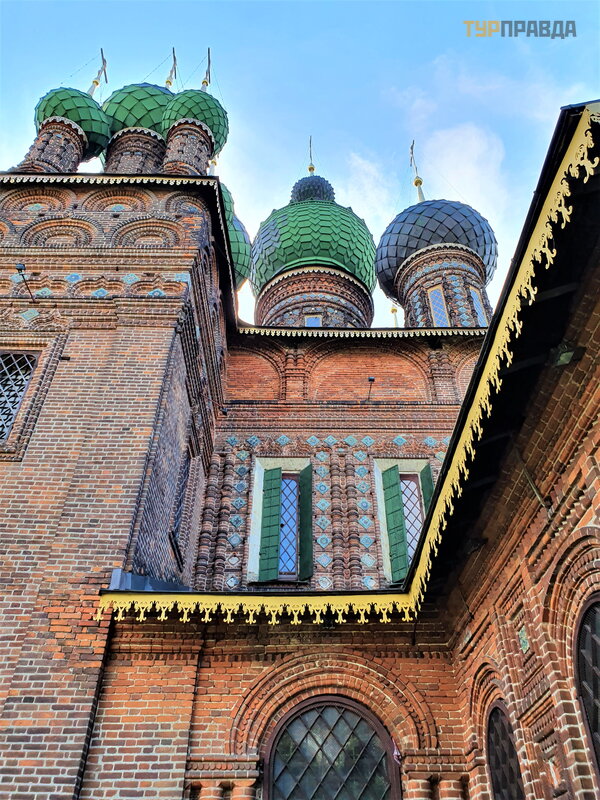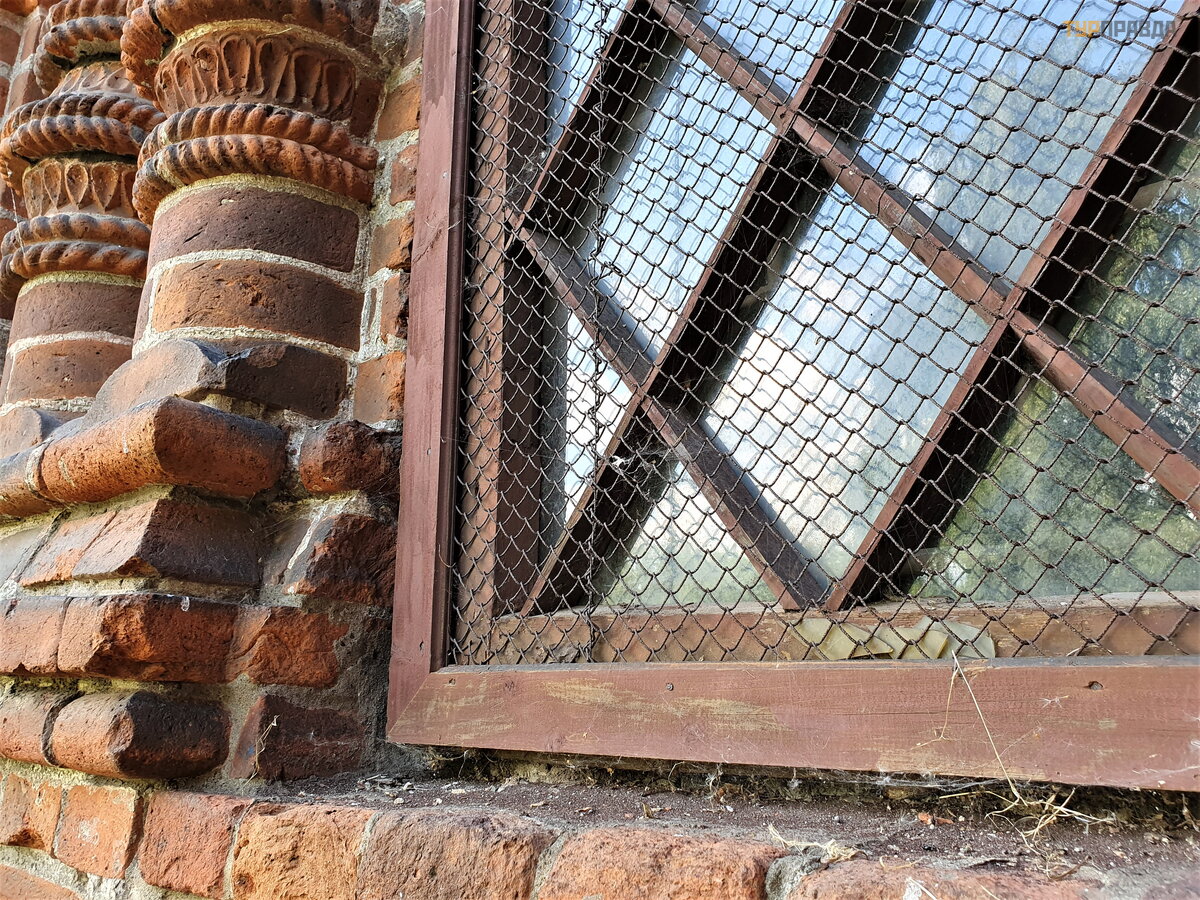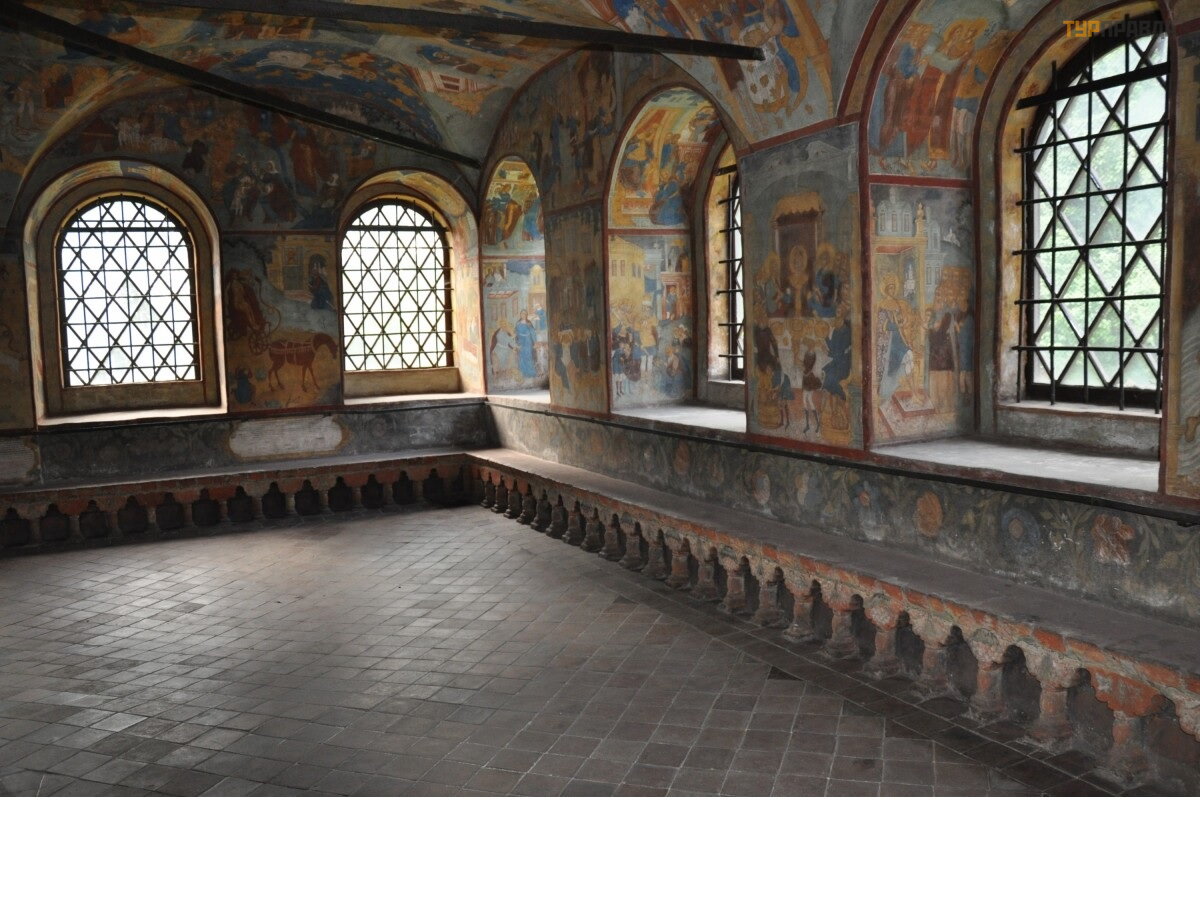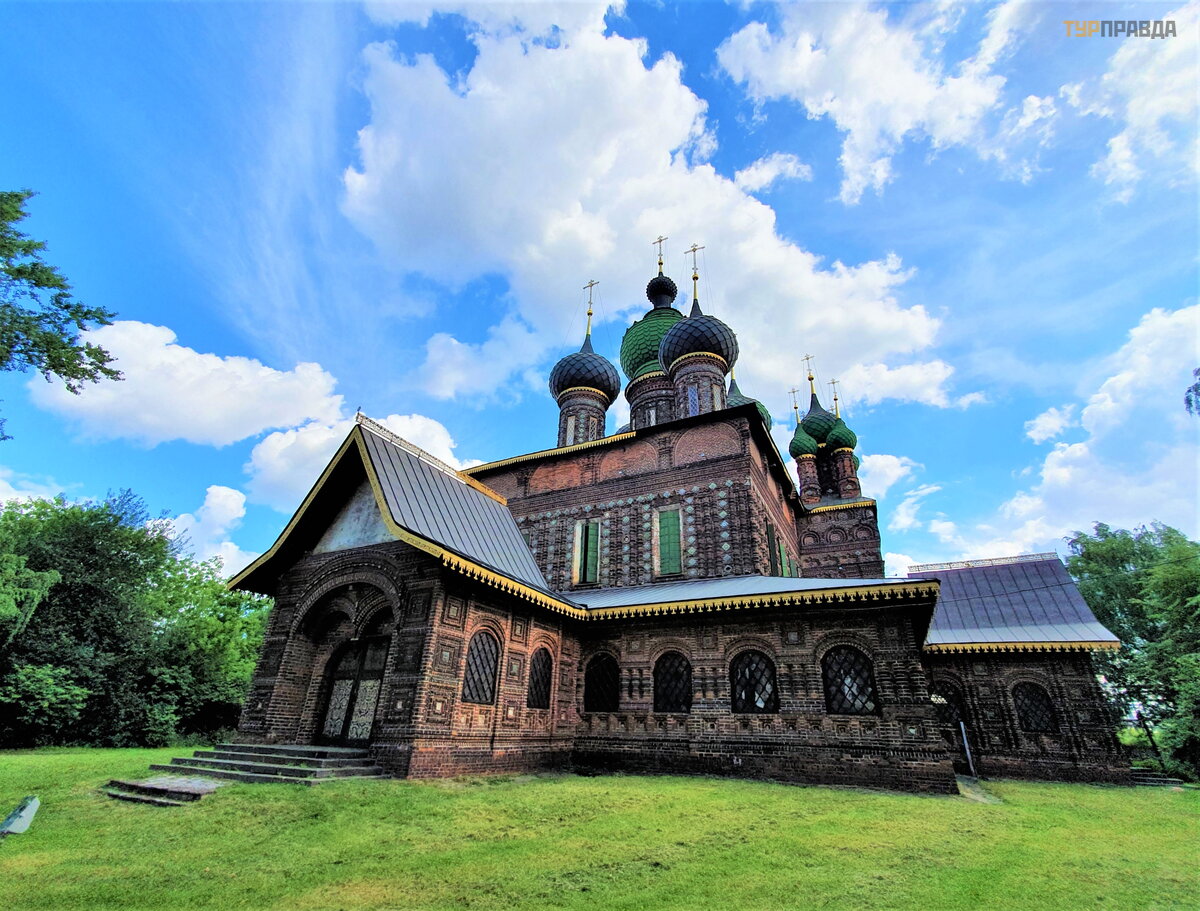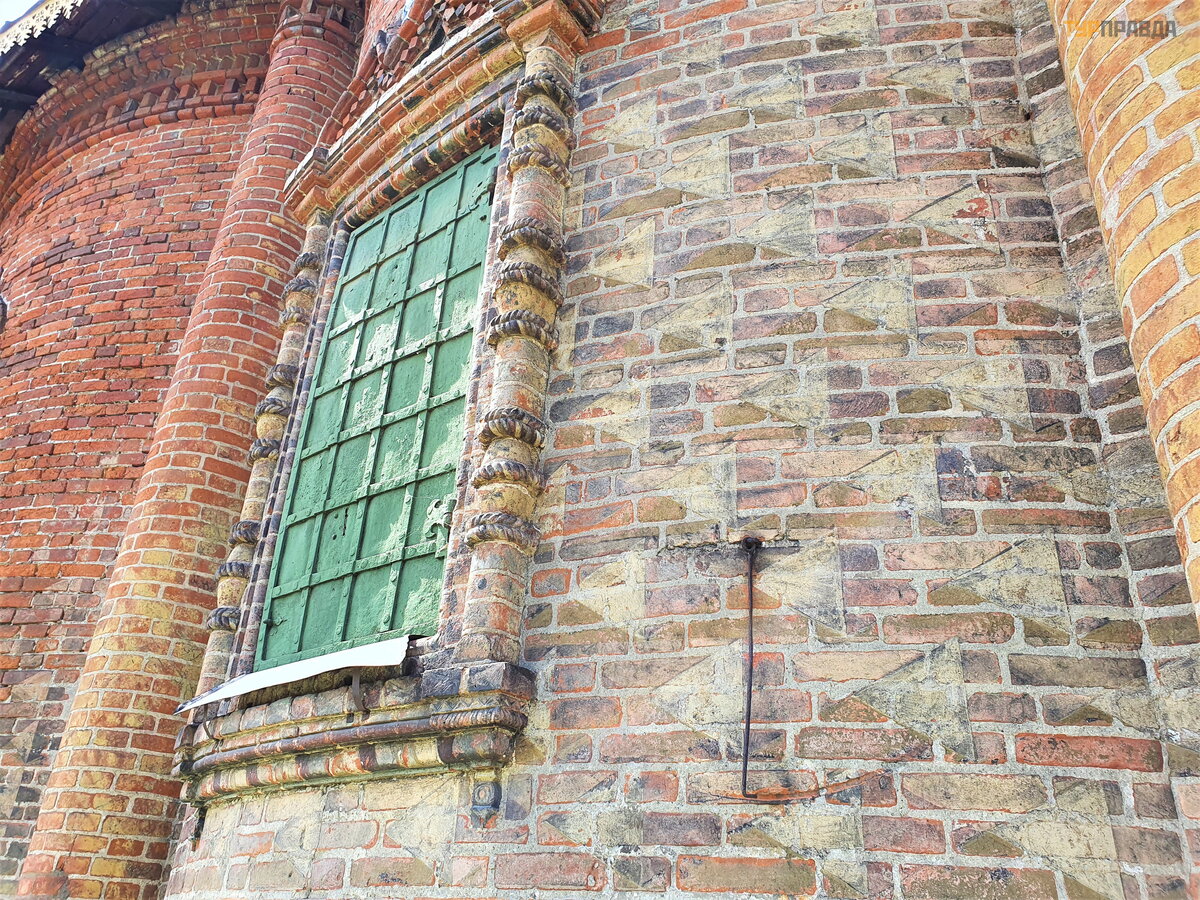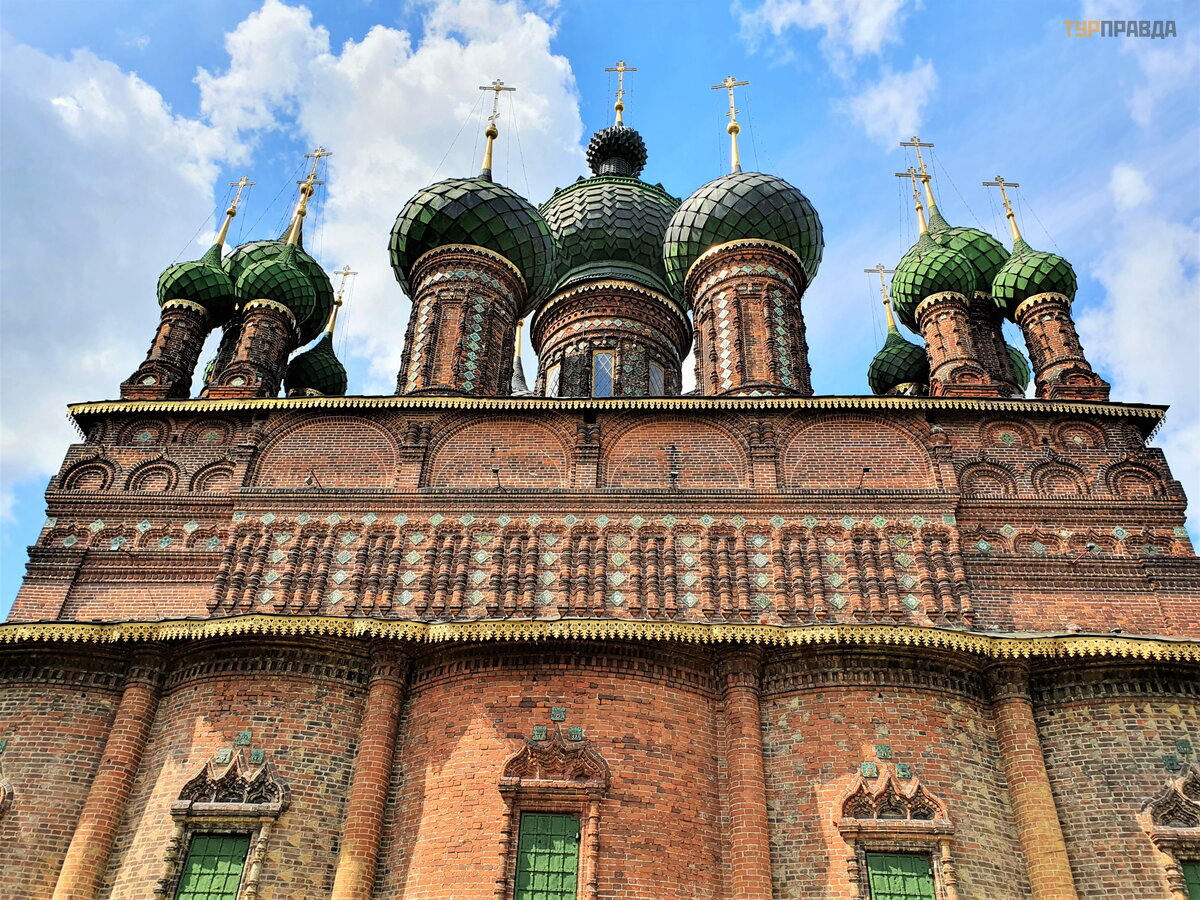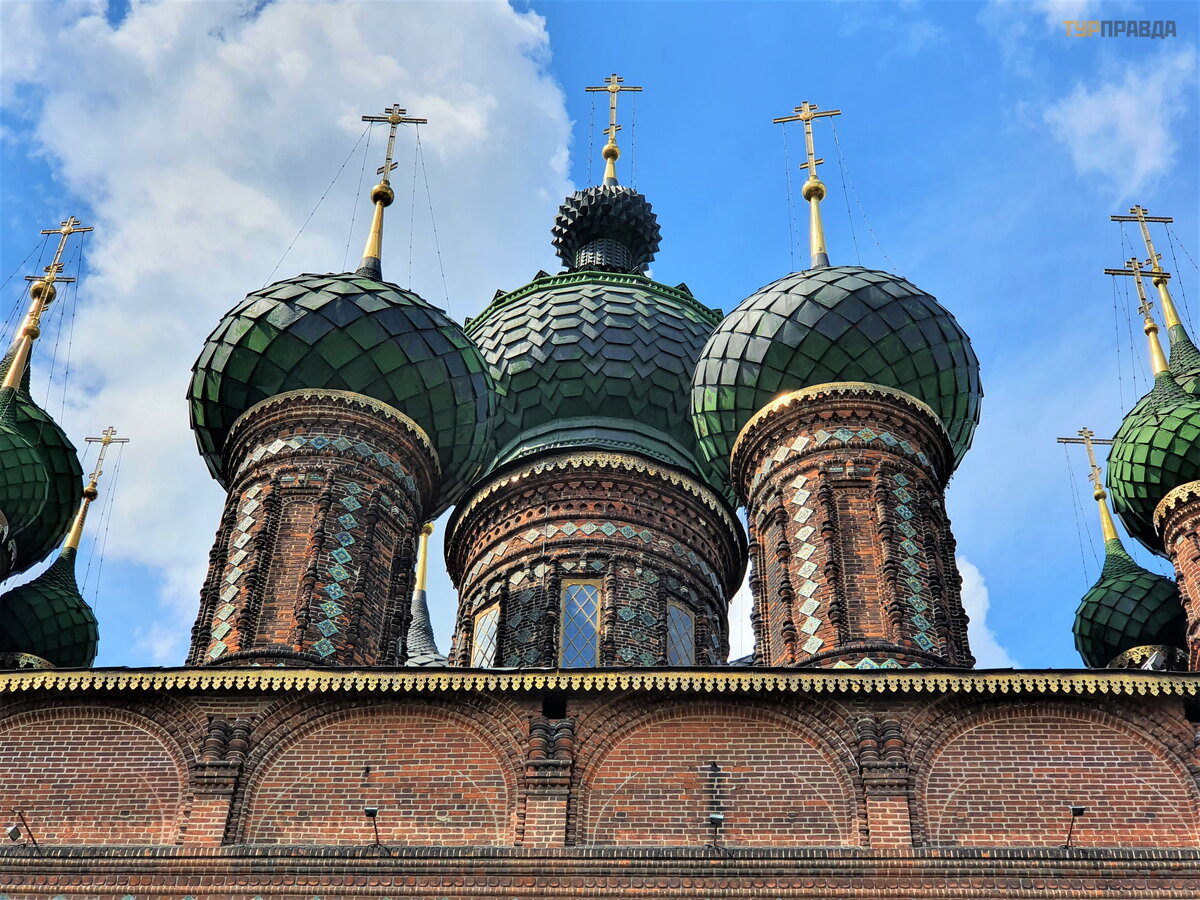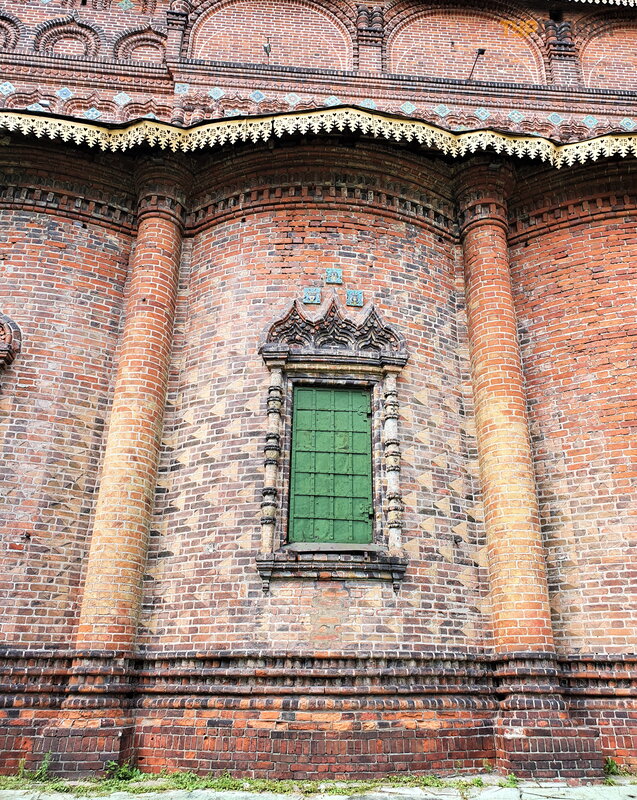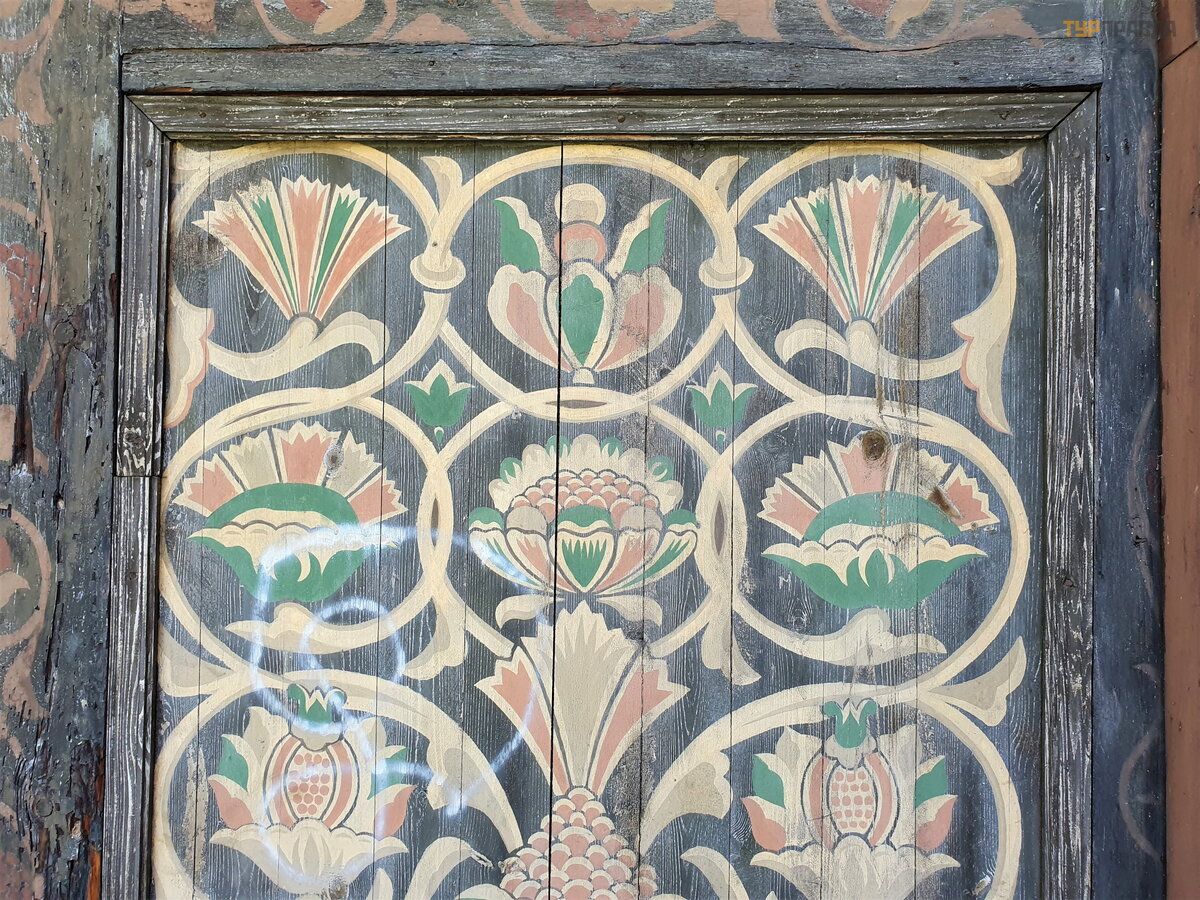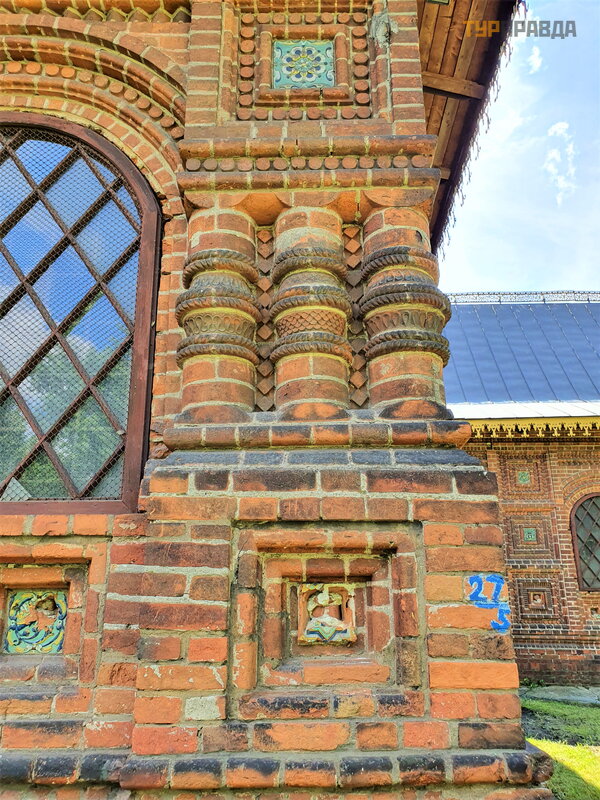"Thousandth" beauty of Yaroslavl
Or how Vorobeychikov's money is reconciled : )
I was lucky to visit Yaroslavl a couple of weeks ago. There are many interesting and unique things in the capital of the Golden Ring of Russia. I will definitely write about that trip. It can even be said to be historical, coinciding with the official opening of the tourist season in the city after all the twists and turns of the past few months. But I hasten to tell and show, first of all, what just caught my heart, struck me with its beauty. Yeah, we need to speak out…
We've all seen this more than once. They even held it in their hands. Yes, yes, many people probably know that the design of the Russian thousand-ruble note is dedicated to Yaroslavl. I didn’t have my own, the bank transfer rules, I had to drag the picture from the Internet : )) ="_blank"> Front side more or less understandably. The sights depicted on it are located in the historical center of the city.
Front side more or less understandably. The sights depicted on it are located in the historical center of the city.
 The Chapel of Our Lady of Kazan
The Chapel of Our Lady of Kazan
The monument to Yaroslav the Wise could not be photographed properly:
I personally observed how tourists compare the money picture with the original. But what is the temple on the back of the bill? Few of the average tourists know about it, and if they do, they rarely reach it. It is located a bit far from the well-trodden tourist trails of Yaroslavl. At first we thought that the navigator, as usual, decided to play pranks and led us somewhere in the wrong direction - a concrete fence under the bridge, impassable thickets... But then, like in a fairy tale, a cleared clearing opened up, and in the middle a miraculous marvelous:
Yaroslavl Church of the Beheading of John the Baptist in Tolchkovo was lost in the wilds of a paint and varnish plant, not quite the outskirts, but not the city center either. But its domes are visible from afar. Even if you look closely, it's over there, see? We are standing right next to the chapel of Our Lady of Kazan, which adorns the 1000 ruble banknote.
Tolchkovo in the 17th century is a settlement of tanners, a densely populated and non-poor suburb of Yaroslavl. After the great fire of 1658, which destroyed almost all the wooden churches of the city, Yaroslavl was actively rebuilt. Wealthy merchants spared no expense for charitable deeds. They donated a lot of money for the creation of new churches and temples. There was, one might say, a boom in construction - in Yaroslavl, in those days, 2-3 churches a year were illuminated. And with a certain amount of rivalry between the settlements. Tolchkov's tanners decided to build a church of incredible beauty in order to be better and more beautiful than others. Yes, yes, not like everyone else. Funds were collected "by the whole world", some with money, some with products, and not only in the Yaroslavl lands.
The construction of the temple began in 1671. It was consecrated only in 1687. Such a long construction is not connected with financial problems, not with organizational ones. It's just that the architects approached the matter thoroughly, brick by brick scrupulously laid out lacy beauty. For centuries!
The bell tower was built a little later, in 1690.
Its height is 54 m. Both the church and the bell tower are still the highest in the city. In the late 50s of the last century, there was a threat of collapse of the bell tower. It was straightened and strengthened. They say it will last a long time. But now she looks shabby. The entrances are walled up, the trees have already sprouted on the tiers
There were legends about the splendor of the temple, they say, overseas architects created it. In fact, who was the architect of this masterpiece has remained a mystery, there are only assumptions that the then Metropolitan Jonah supervised the construction. He built many temples of that time, had good architectural knowledge.
And in subsequent centuries, the fame of the temple did not subside. It is known that even royal people came to admire it.
His drawings were studied in architectural schools. The building has participated in many international architectural exhibitions and competitions as an example of unique Russian architecture.
Unfortunately, we did not find ourselves here at the best of times. The temple was closed. And the interior paintings could not be seen. Just looked through the window. To be honest, I was not very attentive to the study of the work schedule. For some reason, it seemed to me that the temple was active. It turns out that this is one of the museum objects related to Yaroslavl Museum-Reserve.
Therefore, I will use pictures from public access:
The temple is unique not only in architecture, but also in interior decoration. The most amazing thing is that the murals of the entire temple were completed in just a year - from June 1694 to July 1695. But! The work was carried out only in the warm summer months!
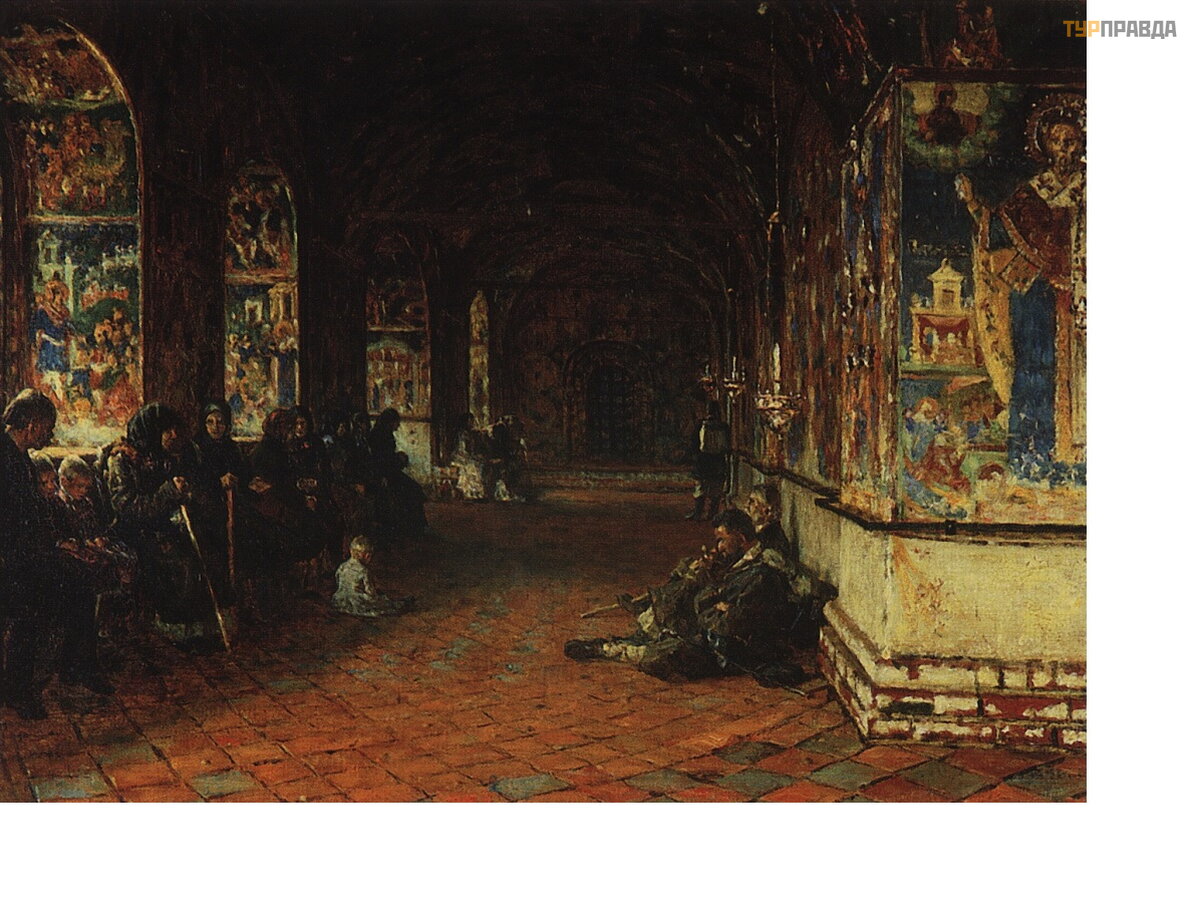 V. V. Vereshchagin. Church of John in Tolchkovo. 1888
V. V. Vereshchagin. Church of John in Tolchkovo. 1888
At the beginning of the last century, a large restoration work took place in the temple, thanks to which, probably, he survived to this day at least in some safety.
In the 1930s, the church was transferred to the Yaroslavl Museum. But later it was decided that in the socialist economy such kindness is more necessary, and the building was redesigned as a warehouse. Despite all the hardships, the temple survived. Thanks to numerous surviving photographs of the temple ensemble, a large number of albums on interior painting, the masterpiece of architecture is being restored.
 Photo from a poster on the fence near the temple
Photo from a poster on the fence near the temple
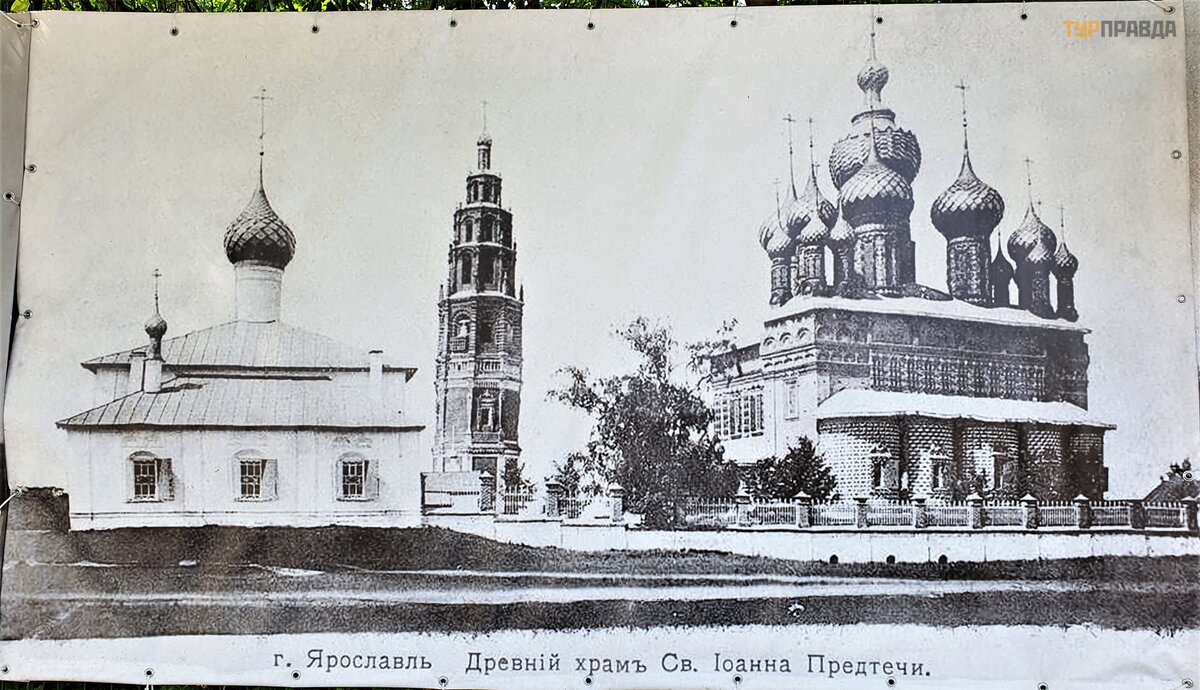 Photo from a poster on the fence near the temple
Photo from a poster on the fence near the temple
You can, of course, reprint from Internet sources about various architectural features. But why? I have absolutely no idea about this. Yes, in fact, and most of the curious who reached the temple.
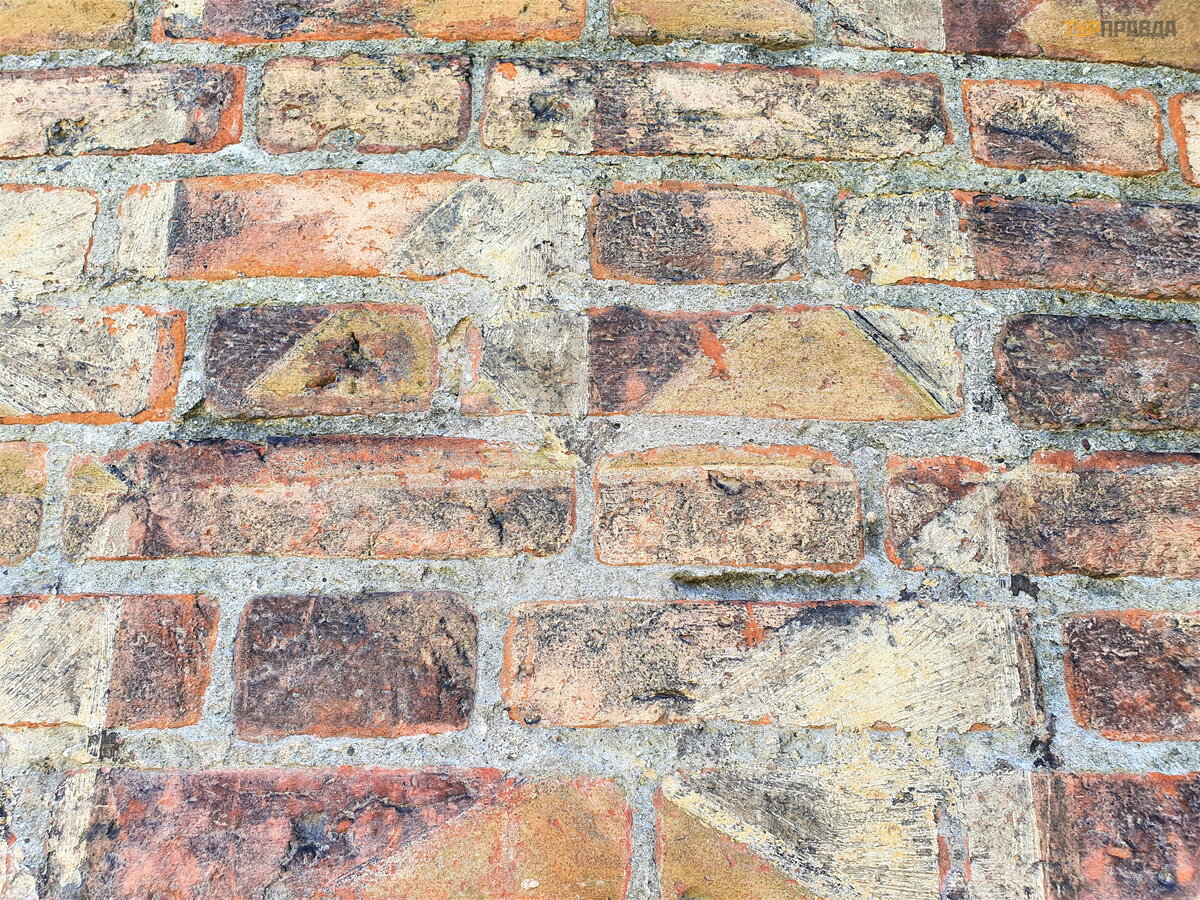 Special coloring – the so-called "diamond rust" , which gives the impression that the wall is not smooth, but built of faceted stones
Special coloring – the so-called "diamond rust" , which gives the impression that the wall is not smooth, but built of faceted stones
The whole history of the creation and existence of the Predchetinsky temple is much more complicated, and does not fit into the few lines that you are reading. But, perhaps, she missed the most important uniqueness of the temple - fifteen chapters crown the cathedral.
The only fifteen-domed temple. Once the domes shone with gold. Imagine how magnificent it was, especially in sunny weather. Truly divine!
Why exactly fifteen, I never found the information. Here here it is explained that the temple is not exactly fifteen-domed: “There may be 13 heads of the Orthodox Church, maybe 33, but not fifteen, because in Orthodoxy there is no such symbol with the number 15. And the point here is simple: not fifteen heads, but three times five, which is far from one and the same in symbolism. the same. The temple, in fact, is five-domed. But two aisles lined up in one row with it, each of which is also five-domed, only the domes are smaller. It turns out that three times five -? not necessarily fifteen. "
I overheard one version of the conversation near the temple. Twelve chapters symbolize the twelve apostles, two - the Father and the Son, and the fifteenth is dedicated to John the Baptist himself.
But be that as it may, we observe wondrous beauty.
I clicked and clicked with my phone, each curl seemed unique.
I wanted to capture each tile in memory.
Well, it's a miracle that they survived, although, of course, not all of them.
There is another very similar building in Yaroslavl - temple John Chrysostom in Korovniki (1649-1654). Sometimes they are even confused.
 Church of St. John Chrysostom in Korovniki
Church of St. John Chrysostom in Korovniki
And their fates repeat each other. But, as we can see from the dates, the church in Tolchkovo was built later. And, nevertheless, the Tolchkovskaya Sloboda surpassed Korovnitskaya in the splendor and wealth of its temple, the tanners managed to build their own unique church, more beautiful than others.
That's probably all about the unique monument, chosen by the very best, symbolizing Russian architecture on the banknote of 1000 rubles. Yeah, the "thousandth" beauty of Yaroslavl...
I repeat, the temple is located away from the central part of the city. And it will probably be difficult for a pedestrian tourist to deviate from the standard route. But if you get a chance, take a look at the backyard of the paint and varnish factory: Yaroslavl, 2nd Zakotoroslnaya emb. , 69. Compare the money picture with the original : )

